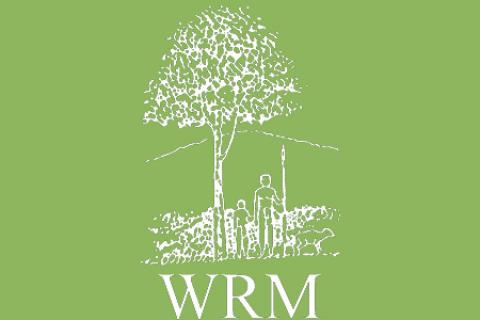The certification process for organic shrimps in Ecuador is promoted by Naturland, a German certifying company that launched processes in 1996 to certify shrimp farming companies in the country and to achieve accreditation of a green seal enabling exporting companies to enter markets with better prices and standards of quality. The main markets for organic shrimps are Germany, Switzerland, France and the United Kingdom.
Bulletin articles
Dear Friends,
I am Floresmilo Villalta, President of the Free Ecuador Poultry Association and I wish to thank you –all the organizations and people who have given me their moral and spiritual support. This has been a great encouragement to the continuation of our struggle and I also know that you too have felt very encouraged and this makes me feel very proud.
Aguide is located in the coastal zone between the Zamuro and Uvero Points, and is part of the Parish of La Pastora, Acosta Municipality, in the northeast of the State of Falcon.
“Carbon emission trading, a vehicle for development. Is this a story that's worth telling? I think it is,” Sergio Jellinek, a “communications advisor” at the World Bank told a room full of journalists at the Carbon Expo in Cologne last week.
In June, the World Bank co-organised the Carbon Expo in Cologne, Germany. This trade fair showcased projects on the look-out for corporate and governmental buyers from industrialised countries for the greenhouse gas emission reduction credits these projects claim to produce.
The whiteness of a sheet of paper hides obscure stories of environmental degradation and social dispossession. However, those stories are seldom known by consumers living far away from where the raw material --wood-- is obtained and from where pulp and paper are produced. It is therefore important to know --and tell-- the story.
Long time ago the need of our first ancestors to transmit words and images found their way on stone walls, clay tablets, wax-coated boards, animal hides and other media. Later, around 3000 B.C. the Egyptians began writing on papyrus reeds. Papyrus stalks were laminated into strips (as were bamboo slivers in China). Ts'ai Lun, a Chinese official, is credited with inventing the first real paper around A.D. 105 by pounding mulberry, hemp fishing nets and rags into a material that ultimately allowed the calligraphy brush to dance across a smooth surface.
Pulp mills process timber in order to obtain the main raw material for paper production: pulp. They are usually large factories located close to where timber is cut, that is to say, near forests or monoculture tree plantations, from where the logs can be easily transported, thus cutting costs.
Basically, wood comprises lignin and cellulose fibres and the first step to obtain pulp is to crush the solid wood. Depending on the processes used, two types of pulp are to be distinguished.
The dispossession, deforestation and pollution caused by the pulp and paper industry is tied to a dynamic of ever-increasing scale, concentration and capital intensiveness which has characterized the industry since the Industrial Revolution. Crucial to this dynamic are attempts by the industry and its allies to refashion the political and physical infrastructure through which they work, capturing subsidies, managing demand, centralizing power, and evading, digesting and regulating resistance.
Pulp mills’ extremely large scale makes it necessary for them to simplify under a central authority not only landscapes, biological diversity and genetic diversity, but also political systems. The sheer size of the mills and the landscape they reorganize around them means that to survive, they need constantly to attract subsidies, stimulate demand – and above all, control resistance, both from ordinary people and from the landscape.
Ashis Nandy, the Indian psychologist and social critic, once defined progress as "growth in the awareness of oppression".
What he meant, in part, is that we are fortunate that due to the rise of feminist movements we are more aware of the way women have been exploited than formerly, that due to anti-racist struggles we are clearer about many of the ways of oppression, and that due to the long hours radical scholars put in at their libraries we understand economic exploitation better.
The present scenario, where most countries have become mere markets for an increasingly reduced group of powerful corporations that share them between themselves while keeping up a network of commercial links --for which they want to have more and more elbow room--, has also been built up with language and the introduction of concepts that are imposed as truths.
